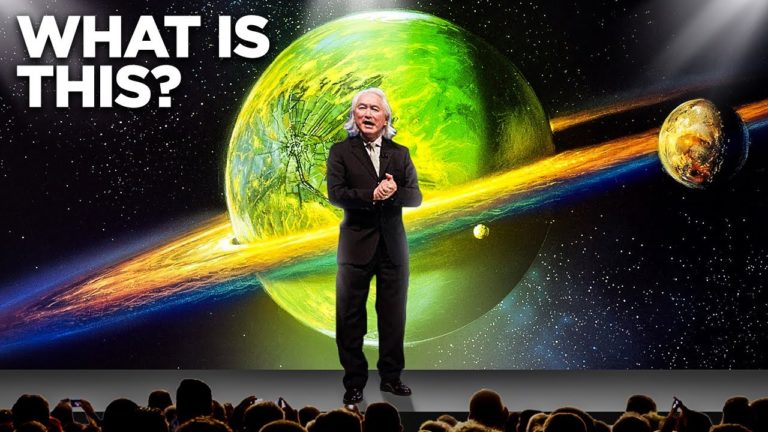Is There Alien Life On Saturn’s Death Star?
Of all the planets and moons in this universe, Earth is the only habitable place for us. This made scientists curious whether we have this only planet to live on and are the only ones to live. To search for the possibility of life out there in this vast universe, scientists have been conducting many missions but could not actually prove life anywhere else other than Earth.
However, in a recent study, scientists have discovered something really unexpected on Saturn’s moon, that is pointing towards the possibility of life on the death star.
Thousands of exoplanets and their moons have been discovered by scientists in search of life. On these planets and moons, scientists are looking for the basic necessities of life. Other than the air, water is also the main component of survival but the researchers could not find anything like actual water on these planets. Now it’s time for a revolution as scientists have finally found, not a gallon, lake or river of water but a whole ocean.
Scientists have discovered “compelling evidence” that Saturn’s “Death Star” moon has an ocean beneath its surface, adding to the quest for life in our solar system. According to the researchers, Mimas, Saturn’s smallest and innermost moon, provided the first hint that it could be a “stealth ocean world.”
A question might have come to your mind that how something being called as dead could be hosting the necessities of life? Well, Mimas or the death star doesn’t actually mean that it is dead.
It’s a 250-mile-wide moon of Saturn and is dominated by an 80-mile-wide crater. Rang any bell? This wide carter has given this moon a resemblance to the Death Star in “Star Wars” and hence got its nickname. Mimas also came from a son of Gaia in Greek mythology and was discovered by German-born astronomer William Herschel.
Scientists have long believed that Mimas is an inert ball of ice because of its heavily cratered surface. Since variations in the surface ice plaster over craters, icy worlds with oceans are usually smooth or fractured.
Tidal pressures stretch and relax these moons, cracking the surface ice and heating the interiors, which keeps internal oceans alive.
For the past eight years, experts have speculated that Mimas, a pockmarked ball of ice that appears to be frozen solid, may be concealing a secret that NASA has just revealed.
The discovery was made by NASA’s Cassini probe as it spotted a strange wobble in the moon’s rotation. According to the new study published on Jan. 19 in the journal Icarus, the wobble could be caused by a liquid ocean sloshing beneath the icy surface of the moon, which has a diameter of 246 miles (396 kilometers).
If this is the case, researchers believe Mimas is a completely different world. The finding of the tiny moon’s secret ocean suggests that water, and the life it may support, may be far more plentiful in our solar system than previously assumed.
Do not forget to share your opinion with us to provide you with the best posts !




0 Comments